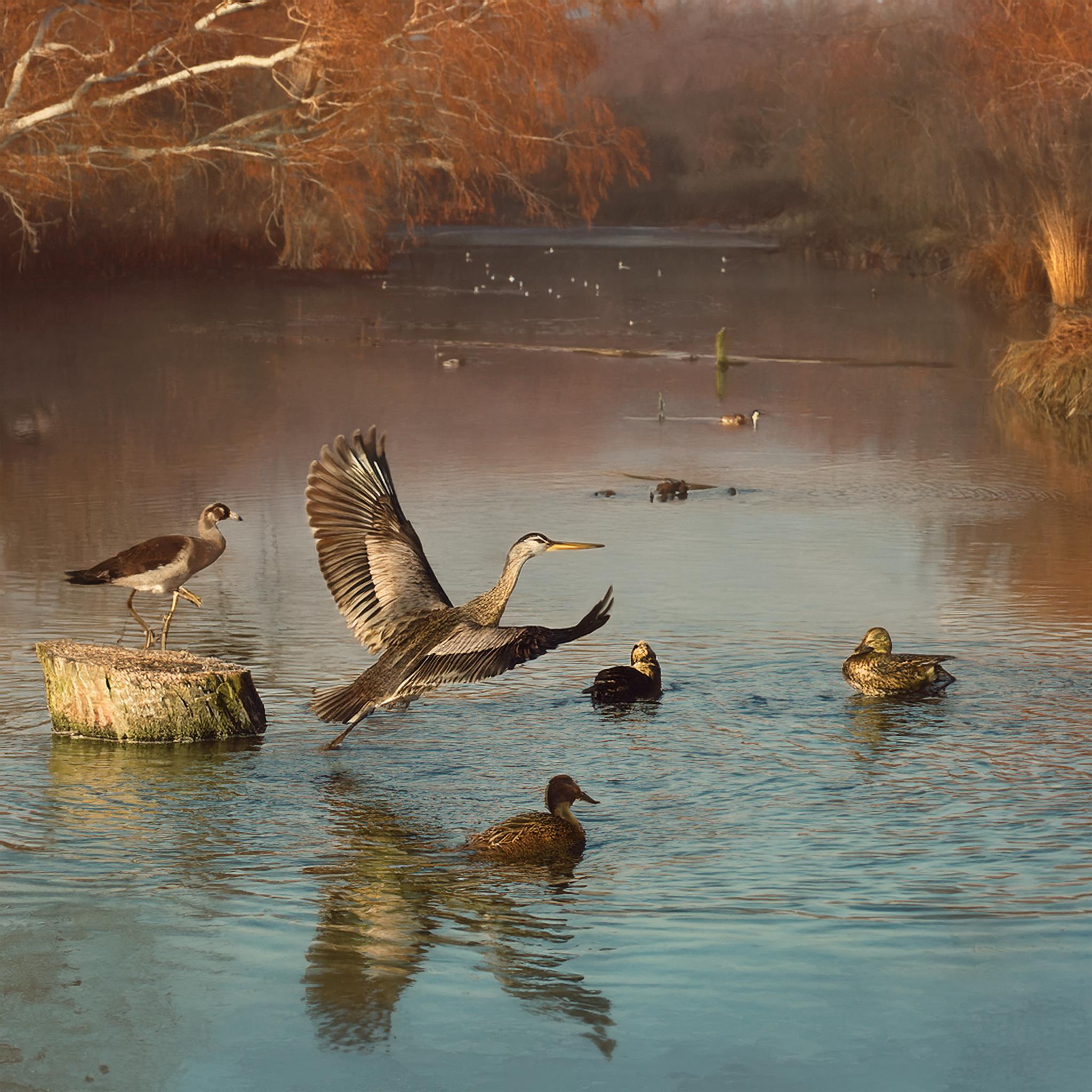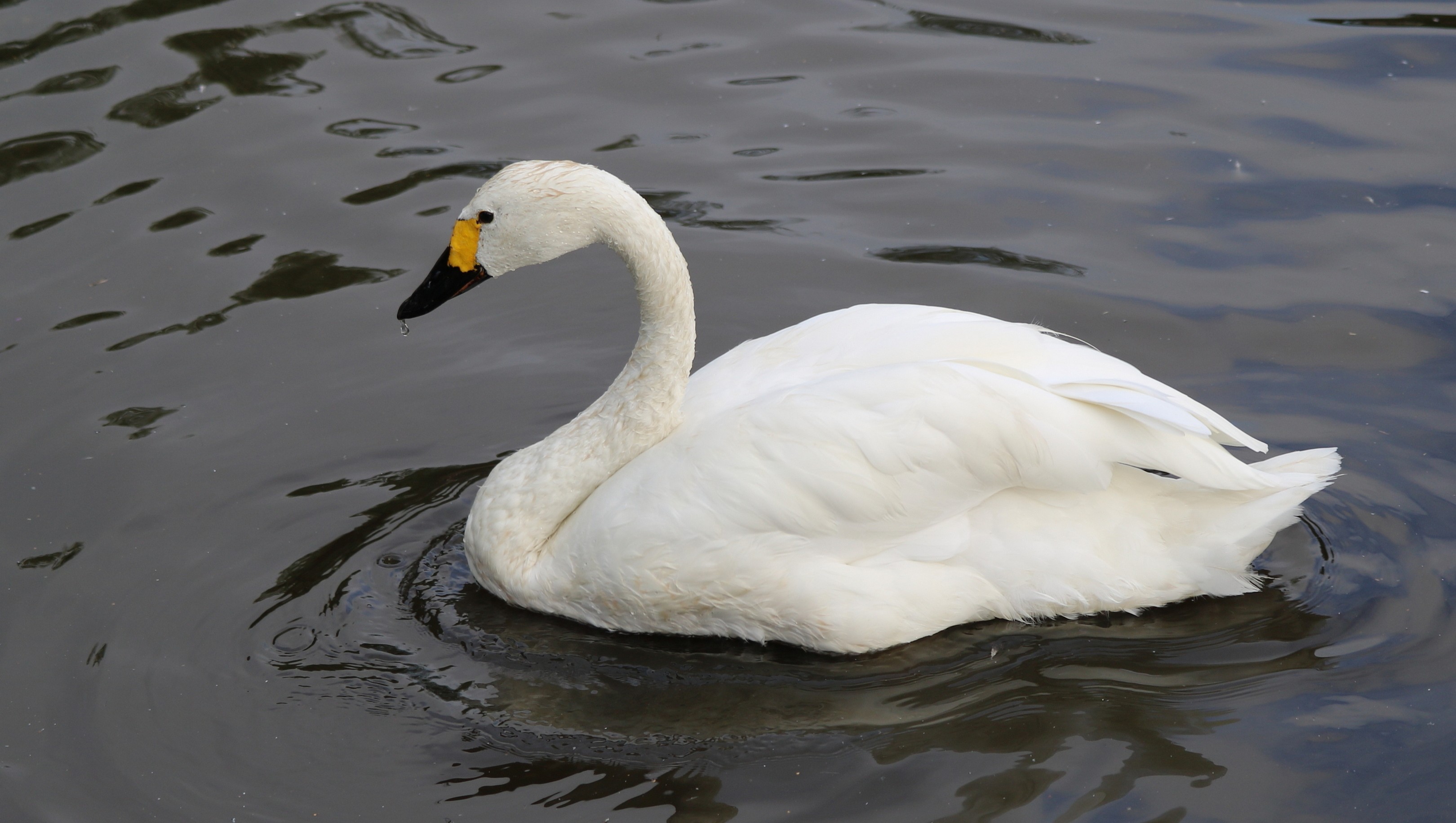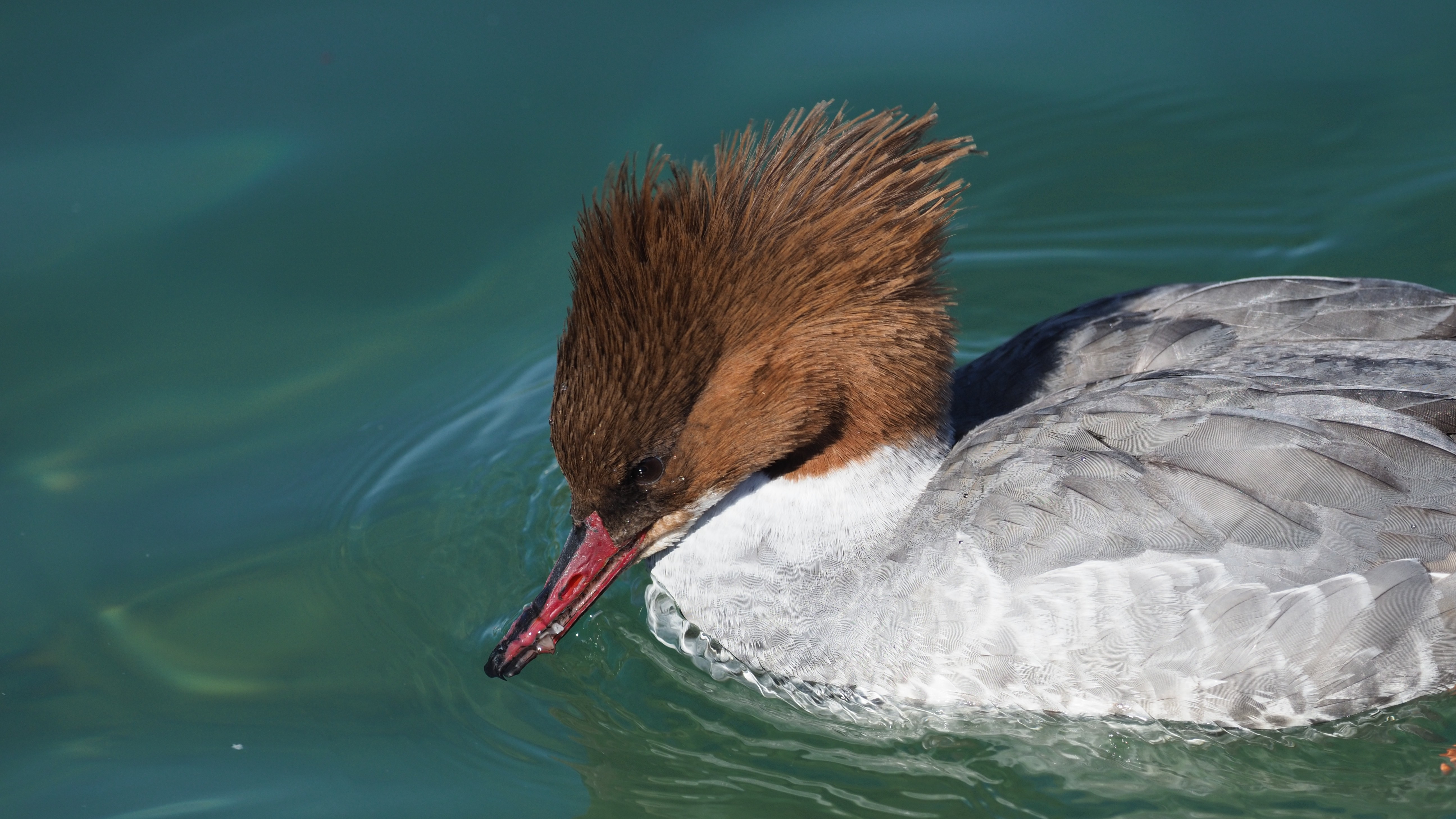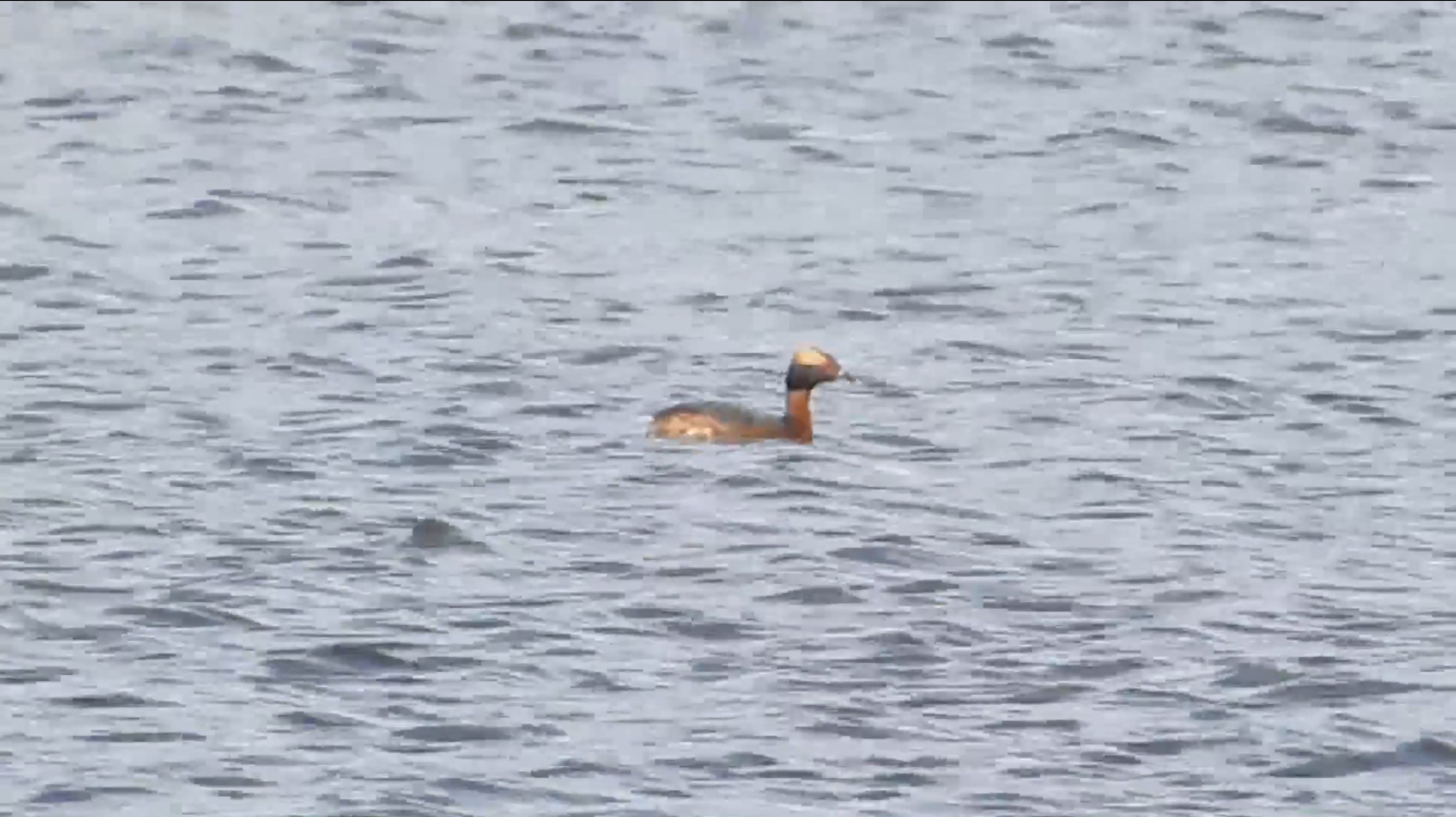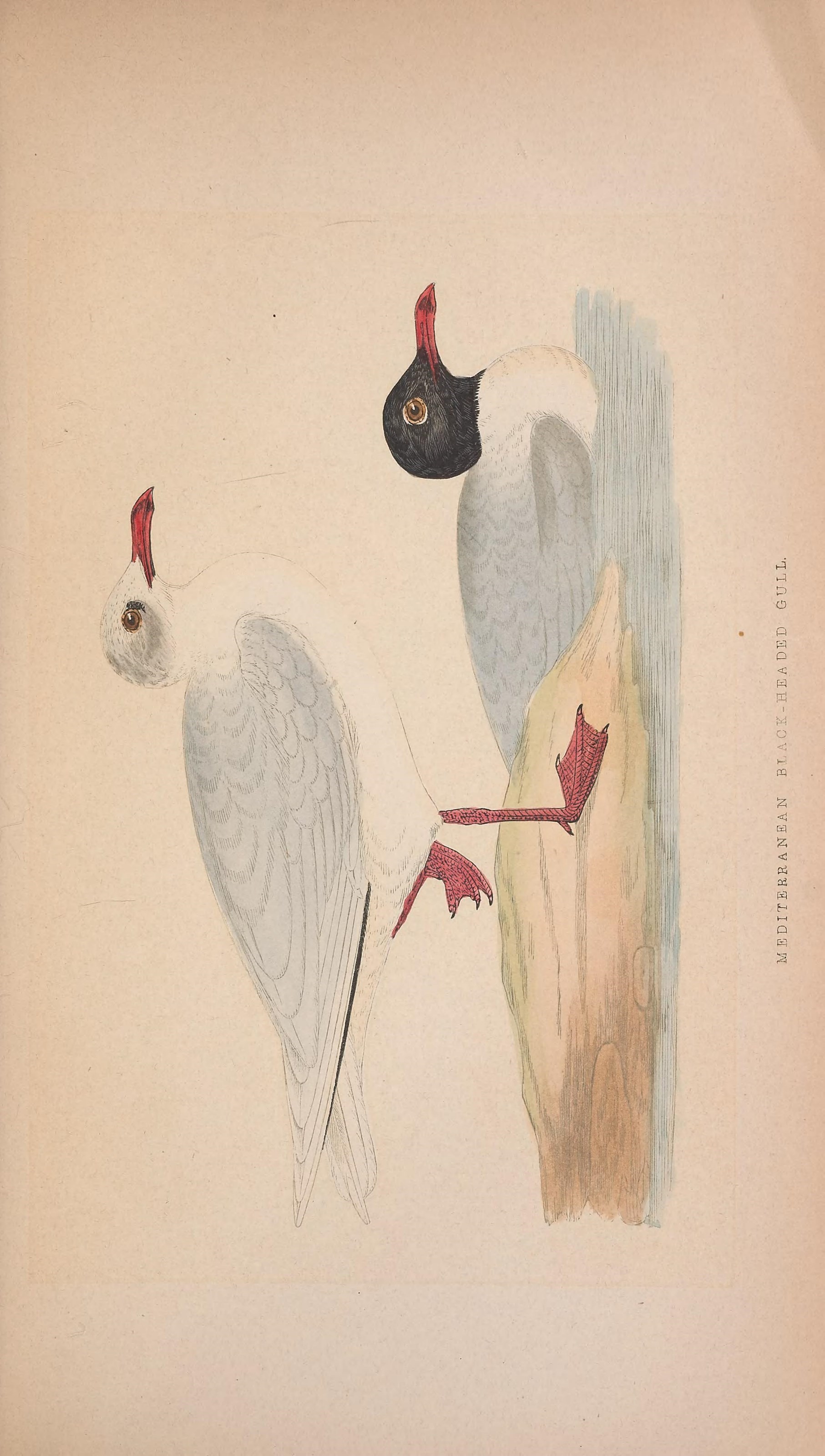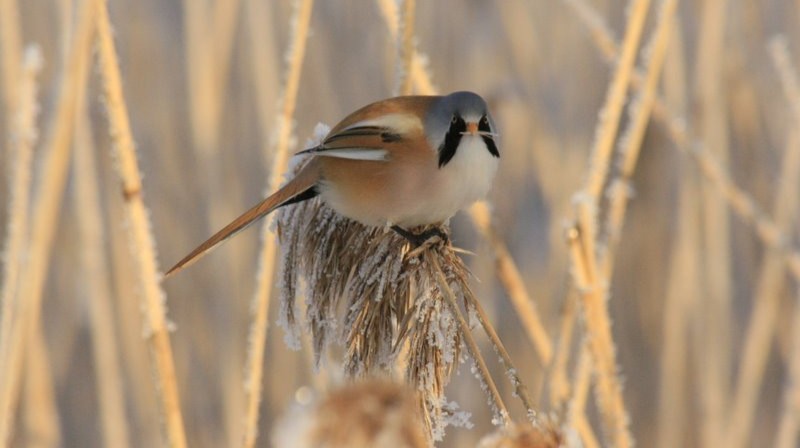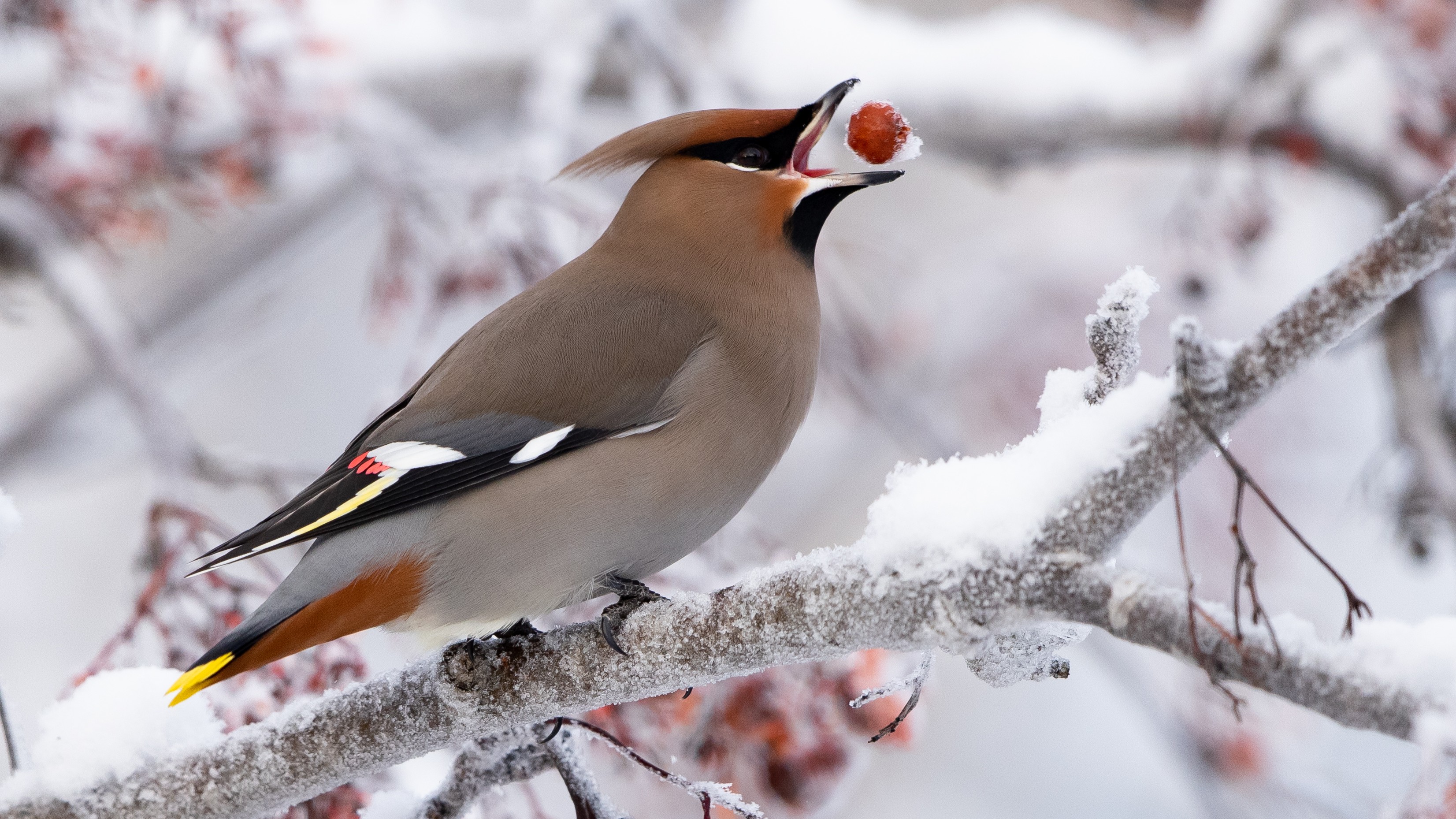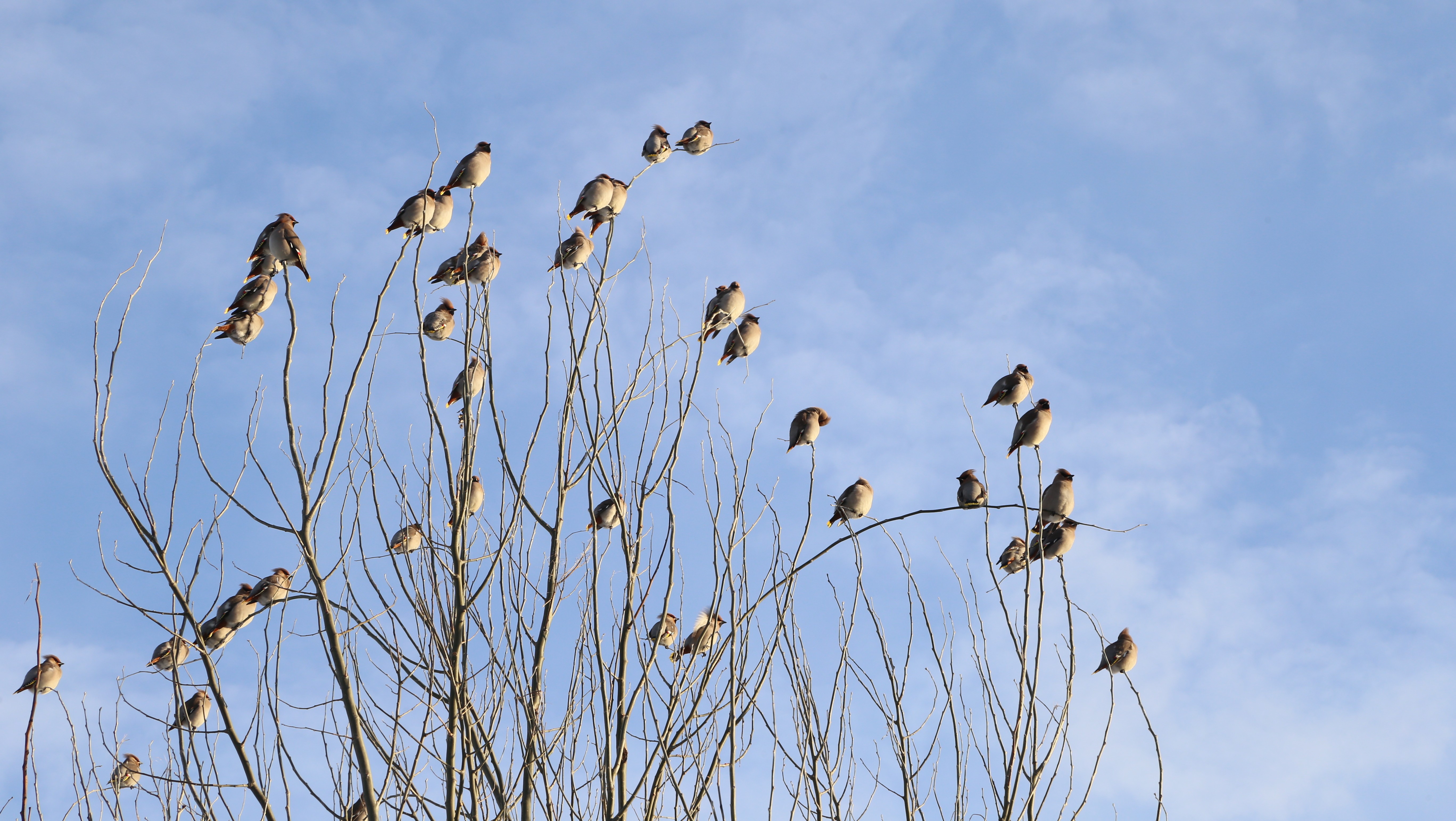They can at times be difficult to separate, especially when they spend time together on reservoirs in winter. It is always worth looking carefully at their heads. Both males have bottle-green heads but the goosander has a much more noticeable crest and the merganser a much bloodier eye. The heads of the females are more rufous in colour and both have crests, but only the female goosander has a prominent white chin.
Both birds are cautious, distrustful and likely to be just passing through London. If they do stop over they prefer the quietest stretches of water on certain favoured reservoirs such as Staines and Wraysbury. Here they seem to spend most of their time floating or sleeping, occasionally lifting their impressive crests in display.
